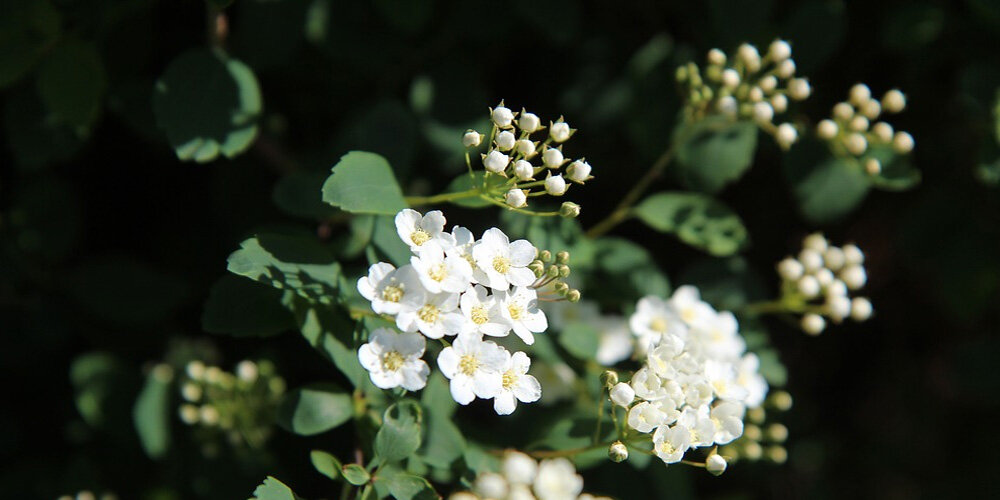Bog Plants
Have you considered trying to create a wetland habitat in your garden?
You can even convert your pond, or just part of it, with the right bog plants for ponds. Adapting a soggy piece of land in a bog garden can have an amazing affect on your garden. Whether it’s a stand alone feature or a section next to your pond, you can expect to attract a large amount of wildlife with a bog garden. During their active period you’ll frogs and toads, bees and butterflies, dragonflies and damselflies all fussing around your bog plants.

If you’re interested in finding out more about garden habitats…
Ideas for bog plants to get you started
Here some of our favourite bog plants
Did you know that you choice of compost could be contributing to climate change? This is because of one of the main elements in most composts… Peat. Dig a little deeper and find out more.
The Arum lily is happy in full sun or partially shaded part of your garden. Prefers ponds and banks of waterways.
The Hemp-agrimony pink flowers are very attractive to butterflies. It likes damp soil and is happy in full sun or partial shade.
The Giant rhubarb is very big so think about the space you have before planting it. It’s very hardy, likes the sun but can withstand the winter freeze down to -5%
The Great burnet, with it’s maroon flowerheads, mingles well with damp-loving grasses all the way through the summer month. It enjoys moist soil in a sunny part of the garden. May need supporting.
The Globeflower grows in damp shady area. It’s slightly poisonous and is ever good for pollinators
The Water avens is a pretty common plan that appears in damp grassland and riverbanks
The Snake’s-head fritillary is Classified as Vulnerable on the Vascular Plant Red Data List for Great Britain and is actually quite a rare sight in the wild. It’s happiest on riverbanks or in wet meadows.
The purple-loosestrife is found in reed beds and along river banks. It’s large purple flower stems are a valuable food source for long tongued insect, including lots of species of butterfly.
The Meadowsweet is actually a member of the rose family. It’s at home in wet ditches and river banks. In the summer it bursts with white flowers and the sweet smell has temped these plants in to peoples gardens. The flowers are edible and are sometimes used in beer and wine recipes
This hardy yellow flower burst with colour during the late summer months. It likes moist ground and can withstand summer storm and still keep it petals.
This little creeper can be found in wet grassland and on the banks of wetland. It’s very versatile and is a popular plant in English gardens. It prefers shade to direct sun light.
Did you know that you choice of compost could be contributing to climate change? This is because of one of the main elements in most composts… Peat. Dig a little deeper and find out more.
Find out about the innovative way (or ways) of dealing with the floods that is not only worked but also sustainable! I’ll give you a clue - it’s planting! Jump straight in and find out more!
Zero Waste Starter Kit! The Zero Waste Essentials for your kitchen, reduce your footprint with each step along the food waste journey. Read this and waste less!
Bird feeding stations are, if you never seen one before, great for hanging lots of different types of bird feed/feeders and attracting a large verity of bird.
Out of all the wildlife that come and visit our garden, birds have to be the friendliest and most vocal. Checkout GardenWilds top 5 Garden Birdbaths and attract more bird to your garden.
Is your garden’s too wet or you sick of your pond, don’t get bogged down! check out our blog on bog plants. It’s the bog blog! Perfect, not only for bog garden plants but also bog plants for ponds.
Everyone knows that they need to fertilize there plants but not everyone know why or what that fertilizer is doing. Here’s GardenWilds trouble shooting guild to the effect different mineral have on you plants. Check it out before it’s too late!
Top tips on grow your own wildflower meadow. It’s harder than you think but the benefit are unbelievable!




















This blog is all about how to plant a yew hedge in clay soil and it’s harder than you think. Check it out yew won’t regret it!